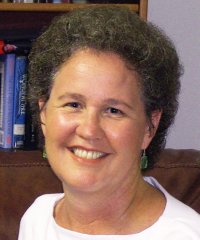
Hands-on, Practical Guidance for Educators
From math,
literacy, equity, multilingual learners, and SEL, to assessment, school counseling,
and education leadership, our books are research-based and authored by experts
on topics most relevant to what educators are facing today.

The New Handbook of Teacher Evaluation
Now available in paper, The New Handbook of Teacher Evaluation is the first comprehensive look at the process of selecting, assessing and assisting teachers in nearly a decade. Since the publication of the first Handbook, the profession of teaching has witnessed dramatic change, including a greater awareness and insistence on teacher accountability, increases in teacher testing and certification requirements, and the development of teaching incentives. Concomitantly, the political, social and organizational factors affecting the performance and evaluation of teachers have been subjects of intensive scrutiny.
Twice the length of its predecessor, the volume includes contributions from more than 30 leading experts, contains 25 new chapters, and explores current practices, issues and controversies related to evaluation of teachers at the elementary and secondary levels.
A worthy successor to The Handbook of Teacher Evaluation, this landmark volume is an important source of information for anyone concerned with teacher evaluation, training and development.

- Grade Level: PreK-12
- ISBN: 9780803945234
- Published By: Corwin
- Year: 1989
- Page Count: 448
- Publication date: December 01, 1989


